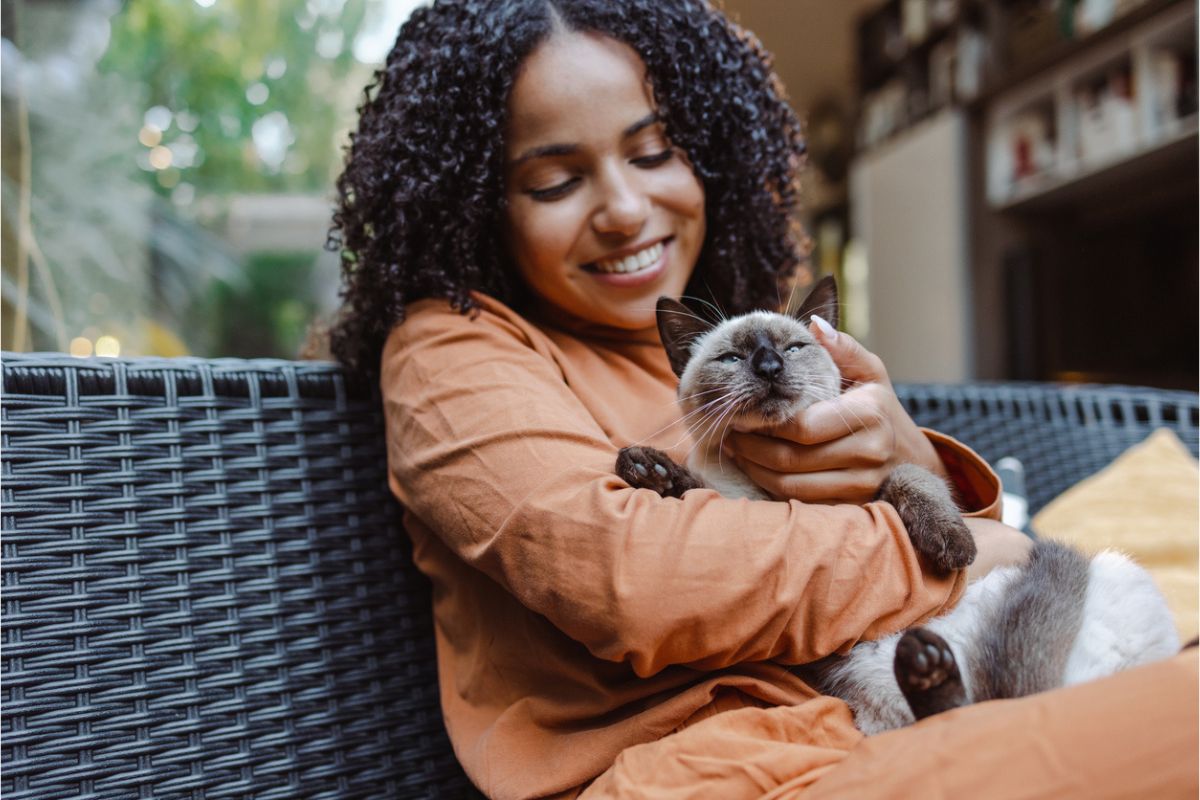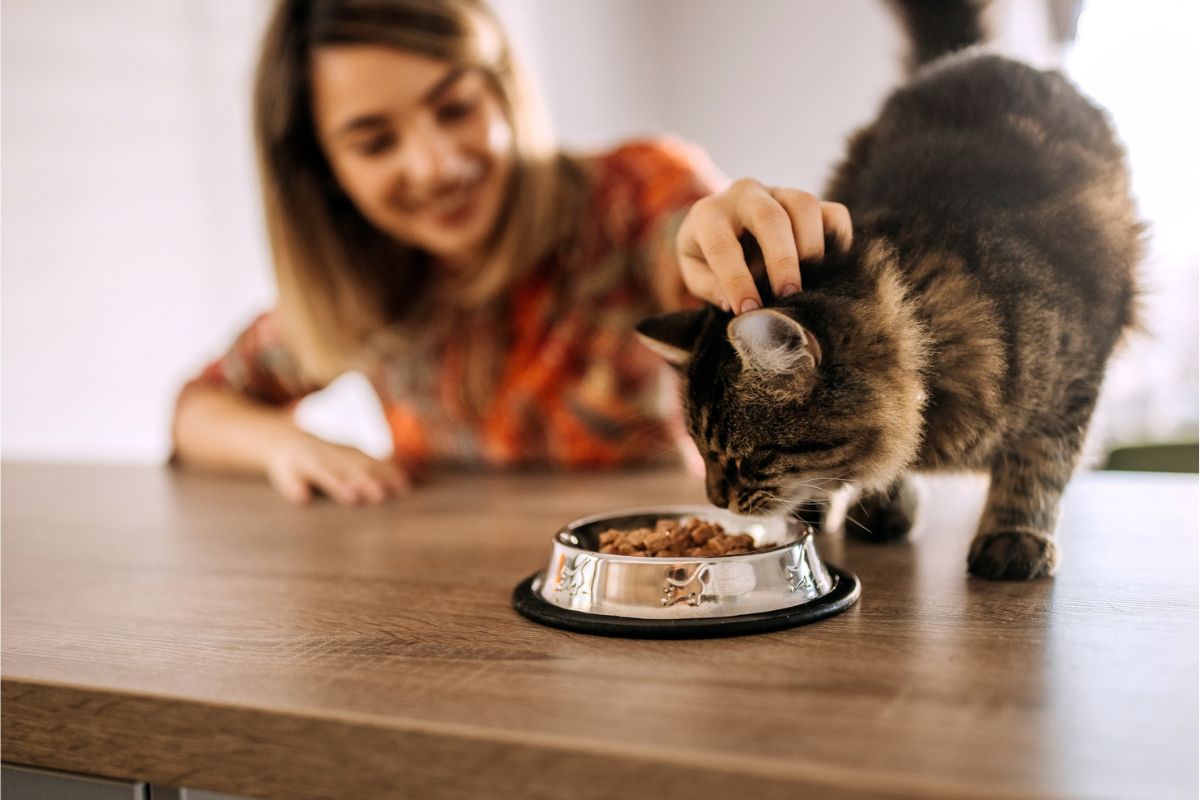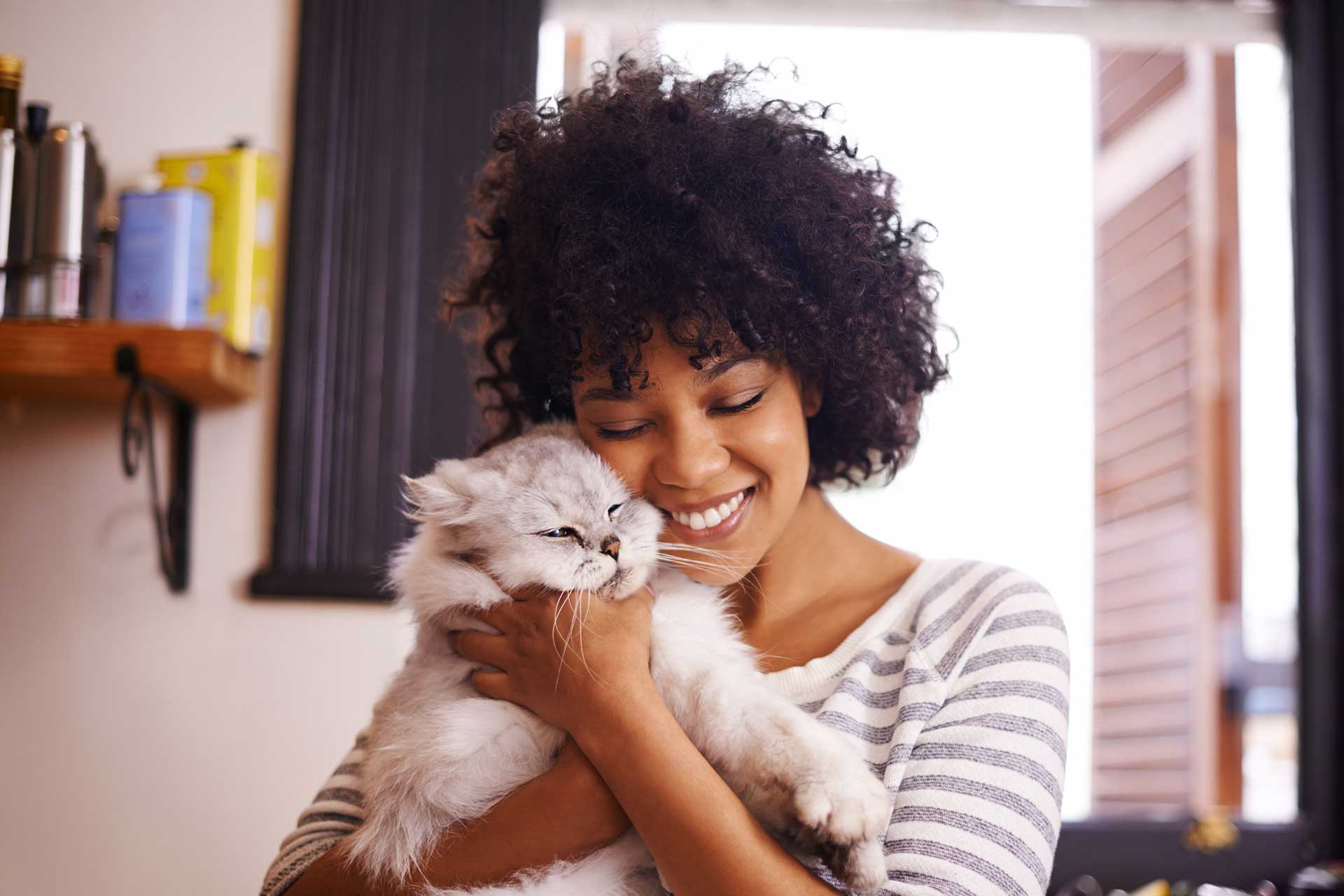Giving your furry friend chances to mingle with humans and in some cases with other pets is so important. It helps them feel at ease and self-assured in different situations. Perhaps you’re looking to socialise your new kitten. Or maybe your senior cat has become a little feistier around other animals or people. Either way, understanding their natural behaviours is where it all starts. Let’s dive in and unravel the mysteries of your cat’s social world!
Here are some common behavioural issues to look for and easy cat training strategies to help you socialise your kitten or cat:
Separation anxiety
Ever noticed your furball acting like a little tiger when you’re about to leave? Yep, your cat might be dealing with separation anxiety. They could hiss, growl or even give a swat when they sense you’re heading out the door. And when you finally return, it’s like they’re ready for battle – all agitated and defensive.
Some cats deal with their anxiety by ghosting us or hiding out in secret spots around the house. Sneaky, right? But even though they’re not being all claws-out aggressive, it’s still a sign that something’s up.
Changes in their routine or home environment can totally mess with their mojo, triggering all sorts of anxiety-driven antics. And it’s not just the hissy fits – your cat might start breathing like they just ran a marathon, or they could go into grooming overdrive. Yep, anxiety’s a messy business and can even lead to stomach issues like puking or diarrhea.
Territorial troubles
Cats are like mini kings and queens of their castles, right? So, when they feel like someone’s encroaching on their turf – whether it’s another cat, a pesky dog or even us humans – they can get pretty feisty. And sometimes, when they can’t go after the real culprit, they’ll take out their frustrations on whoever’s closest – which could be you, their favourite human.
Anxiety and aggression in cats
Ever met a cat that’s all shy and skittish around new people? That could be down to a lack of socialisation during their kitten days. Those first few weeks of kittenhood are crucial for learning how to cat, such as making friends and playing nice. But if they missed out on those kitty playdates, they might be a bit standoffish with new faces.
If you’ve adopted a rescue cat, they might come with some baggage – stuff you don’t even know about. You may be unaware of previous trauma, neglect or negative experiences that are influencing the way they act. Although you can’t know what their previous life was like, you can play an important role in re-socialising them and getting them comfortable in their safe, new life.
Tips for soothing and socialising your cat
Ready to be your cat’s superhero? First up, figure out what’s setting off their fireworks.
- If it’s separation anxiety, start slow – take short breaks from each other, with lots of treats and cuddles when you reunite.
- Keep your furry friend entertained to beat the boredom blues with exciting enrichment activities and objects, such as interactive toys, scratching posts and vertical spaces. This can help provide mental stimulation for your cat while you’re away.
- In severe cases, medication may be prescribed by your vet to help manage anxiety symptoms.
What about socialising an older cat?
Socialising an older cat might take some time, but it’s totally doable. Here’s how:
- Use positive reinforcement techniques, such as treats, praise and gentle petting, to create positive associations with social interactions.
- Introduce your cat to new people, animals and environments gradually and at their own pace. Allow them to approach and explore new things and people at their comfort level and avoid forcing interactions if they seem fearful or stressed.
- Establish a consistent routine for feeding, playtime and social interactions to help your cat feel secure and confident in their environment. Predictable routines can reduce stress and anxiety in cats.
- Set up a cosy cat hideaway for when they need a break from the world. Hiding spots and vertical spaces (such as cat trees or shelves) give your cat a safe space to go to when they want a little retreat if they feel overwhelmed.
If things don’t settle down, have a chat with your vet.
Creating a safe vet visit
Making sure your cat’s vet trip is smooth sailing involves a bit of prep and thoughtfulness. Check out these tips to make sure everyone – you, your cat, and even your vet – has a stress-free visit.
- Pop your cat in a cat carrier and let them get cozy with it way before the vet trip. Keep it chill by leaving the carrier out with the door open and some comfy bedding inside. Toss in treats and toys to entice your cat to check it out and hang out in there.
- Keep things zen at home on vet day. No loud noises or sudden moves – just good vibes to keep your cat cool, calm and collected.
- Make the carrier feel like home by tossing in some familiar stuff, like their favourite blanket or a piece of your clothing that smells like you.
- Give your vet the lowdown on your cat’s personality quirks and any triggers they might have – it’ll help them handle your furball like a pro.
- After the vet adventure, show your cat some love with treats, praise or playtime. It’s all about rewarding them for being a brave little trooper!
For further information and tips on socialising or training your cat, have a chat with your vet.







